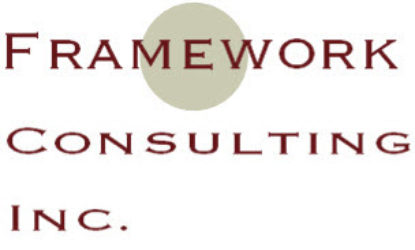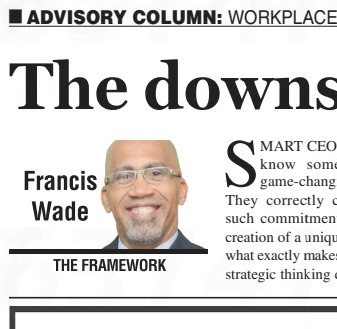Smart CEOs instinctively understand that game-changing decisions require a unique context. But what exactly makes breakthrough strategic thinking different? And why do so many leaders struggle to get it right?
In almost every strategic planning project I participate in, there’s a quiet conversation with the top leader before we begin: “Don’t dominate the discussion.” It’s a simple directive, but not always easy to follow. Sometimes, we even have to step in to maintain the right balance.
But why should you, as the top executive, take this advice seriously?
After all, you think about corporate strategy more than anyone else on your team. You’re the only C-Suite leader who oversees all functions, ensuring cohesion across departments. So why would we suggest that you take a step back when crafting a game-changing strategy?
Not a Search for Quick Solutions
Your leadership team is already well-versed in emergency thinking. Every week or two, you gather to brainstorm solutions to immediate problems. Like a general, you take the lead, act decisively, and hold colleagues accountable. Their role is to execute and report back at the next meeting.
While each team member focuses on their own responsibilities, you oversee everything. If you miss a meeting, progress often slows. You are the driving force.
But experience shows that game-changing strategy sessions should NOT follow this familiar script. Instead, the entire team must shift from a “Present Forward” problem-solving mindset to a “Future Back” perspective—one that envisions what’s possible before determining how to get there.
To make this shift, you must deliberately set aside old habits. Now is the time to:
- Diagnose the current situation without rushing to fix anything.
- Identify external patterns and trends that are easy to overlook.
- Surface long-term challenges that could take decades—not days—to solve.
If you dominate the discussion, you disrupt this transition from urgent problem-solving to visionary thinking. In doing so, you risk becoming the biggest obstacle to creating the new context your company needs to move forward.
This isn’t easy to do. But why?
Embracing Complexity
You likely agree—weekly meetings aren’t the place for major strategic decisions. Why?
Breakthrough decisions require leaders to engage directly with complexity. This is true for any company large enough to have a leadership team of specialists.
Many executives recognize this and don’t attempt to tackle complex strategic issues in a regular meeting. Instead, they set aside dedicated time to create a different kind of conversation—one that allows them to go deeper than ever before. This approach is the only way to uncover the radical insights that drive game-changing strategy.
But achieving this depth of thinking isn’t about making a long wish list, writing a report, or hiring consultants to do the work for you. These approaches often obscure complexity rather than address it. Similarly, if you dominate the discussion, you limit the depth of insight your team can generate.
Instead, embrace a different approach.
Distributed Logic
To tackle complexity as a team, you must commit to achieving true breakthrough thinking. Start by crafting a vivid, detailed vision of your organization 15 to 30 years into the future—one so specific that it forces you into bold new strategies.
A game-changing strategy isn’t a simple checklist. It’s a multi-layered, interconnected set of decisions. Because of this, only a fully engaged C-Suite team can create it. No single leader, no matter how visionary, can develop it alone.
When executives work together in this way, they generate the insights needed to make the right strategic choices. Given the high stakes, this type of collaboration becomes the most meaningful form of team-building available.
Unlike traditional exercises involving ropes, ladders, and artificial challenges, this is not a simulation. The decisions made in strategic planning have real and immediate consequences. It’s the equivalent of making a U-turn in an oil tanker—slow, deliberate, and high-impact.
The Leader’s Role: Facilitating the Shift
So, what is your role as the top leader?
If a powerful strategic context is to emerge, you must actively facilitate its creation. This may feel uncomfortable at first. You may be used to being the driving force behind decisions. But stepping back to create space for collective insight is the true mark of leadership.
This is the only way to bring about a “Future Back” mindset at scale—perhaps for the first time within your C-Suite.
If your team struggles to navigate today’s global disruptions, don’t double down on quick fixes. Instead, create a larger, future-focused context—one that fuels powerful, game-changing decisions.
This article is based on a Gleaner article published on March 16th 2025.

